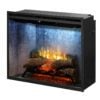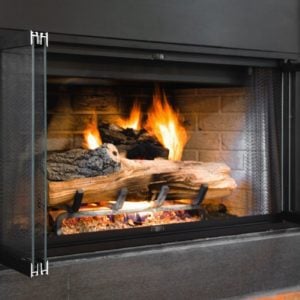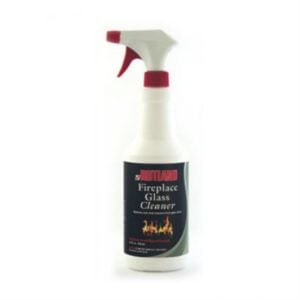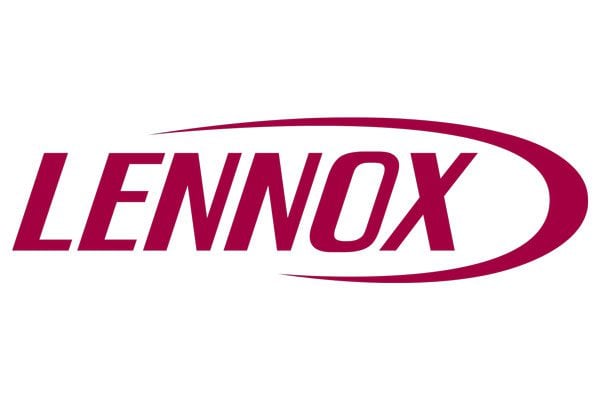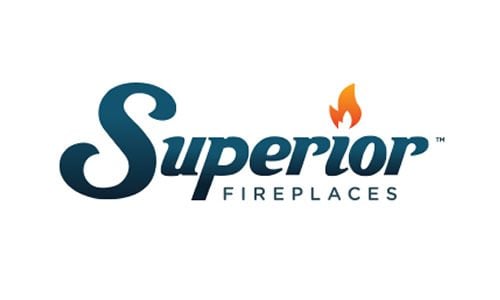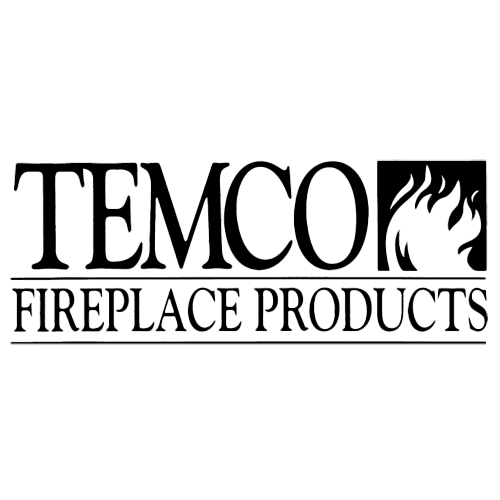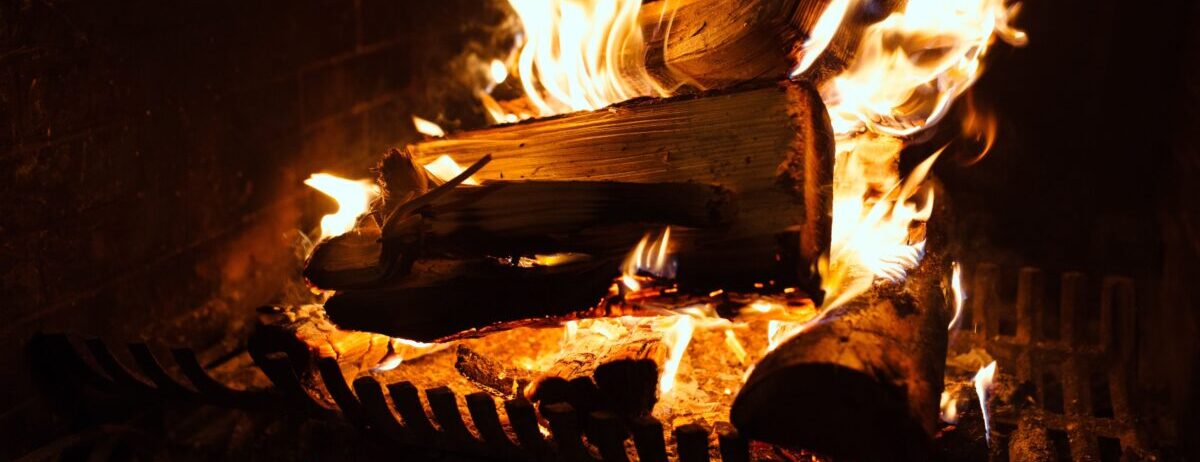Blog
Have you just had a fireplace installed, or are you thinking of installing one? You need to know a lot when you’re a new fireplace owner. One of them is what to burn in a fireplace. The whole process isn’t as simple as putting some wood in the fireplace and lighting it up. There is a lot of caution to be taken.
Many people have misconceptions about what is allowed to be burned in a fireplace. In fact, there are tons of materials you shouldn’t burn. Therefore, we have put together a guide to help you out so you get the right materials before lighting your first fire.
What material you should burn in your fireplace
There is only one material that you should burn in your fireplace…
Seasoned wood
When you’re collecting materials to burn in your fireplace, you should gather only dry, seasoned wood. Seasoned refers to wood that has been left out for a long time, allowing it to completely dry up without any form of moisture in it. The main types of seasoned wood you should look for are maple, oak, and ash, as they burn the best.
The drier the wood, and those with little sap, are the ones that burn the best. The last thing you want is to spend a long time trying to get a fire started. Similarly, these types of wood also don’t let off any toxic fumes, so you can enjoy your fire with no potential for harm.
Materials you shouldn’t burn in your fireplace
The list of materials you shouldn’t burn in your fireplace is a little bit longer:
Plastic
Have you ever seen someone load up a fire with plastic? No! And the reason for this is that burning any type of plastic can let off toxic chemicals such as hydrochloric acid and sulfur dioxide. These fumes are not good for you to breathe in, and they can be dangerous for your health in the long run. Not to mention, it isn’t good for the environment either.
If you ever see a fire and have anything made out of plastic, such as a cup, you shouldn’t throw it in. It can be tempting to watch it burn, but it isn’t good for the health of you or the people around you, so you should avoid it at all costs.
Cardboard
Many people believe that burning cardboard is okay. We mean, it’s only made out of wood, right? Wrong. It is crafted with a wide range of other materials and chemicals, so when you light it on fire, it starts releasing a certain number of toxic chemicals. This is especially true if the cardboard has been printed with some form of ink.
If you need to get rid of cardboard, you should take it to your nearest recycling station instead of breaking it up and using it to ignite your fire. This will ensure it is better for the environment and protects your health as well.
Charcoal
This one may surprise you a little bit, especially since you probably use charcoal in the summer to host a barbecue and help the fire last longer. However, it is actually a material that should be kept to outdoor fires instead of your indoor fireplace. This is because it burns at a much higher temperature than seasoned wood and may go above the safe heat levels for your fireplace.
Similarly, while the heat aspect of burning charcoal in a fireplace should put you off alone, it also produces a large amount of carbon monoxide. This is extremely dangerous to breathe in. especially when you’re in an enclosed space.
Wet wood
We’ve mentioned that seasoned, dry wood is the only material you should burn in your fireplace, therefore, it should be no surprise that wet wood is not acceptable. When wood hasn’t been dried out, no matter what type it is, it can contain up to 45% water. This is much harder to light and can make the entire process stressful. You also may not receive as much heat once it is lit.
While wet wood is a pain to light, it can also produce more smoke than dry wood. If you allow this much smoke up your chimney, it will gather an amount of dangerous creosote that can be difficult to remove.
Fire accelerants
You may have used a fire accelerant such as gasoline or kerosene at a bonfire before, but these should never be used on your fireplace. The whole point of them is to provide you with a massive fire and a huge amount of heat. This will go past the capacity that your fireplace and chimney can handle.
If you ever do use a fire accelerant on your fireplace, you will be prone to the fire spreading and causing damage to your home. It may also cause certain flames and embers to spit out of the pit if you don’t have a glass door protecting the area.
Driftwood
We all have memories of being little kids and going out into the forest to collect driftwood for a fire, especially when you’re camping. However, while this wood may be dried out, it still isn’t suitable to use in a fireplace because there is a chance it will release salt, which can cause long-lasting damage to your fireplace and chimney.
Driftwood is okay to use outdoors because the salt won’t attach to anything. Therefore, you can still continue going through the forest and collecting little sticks when you want to build a fire with camping, you just can’t use them indoors.
Plywood
Similar to other materials such as cardboard and driftwood, you may think that plywood is a safe material to use in your fireplace because it is dry and made out of wood. However, it has been manufactured in a certain way, and it contains a wide range of ingredients that will release toxic fumes when burned.
Whether you have plywood, particle board, or chipboard, they should not be burned in your fireplace. Instead, just like with cardboard, you should take them to the nearest recycling station so it is better for the environment and can be used again without releasing toxic fumes and carcinogens.




